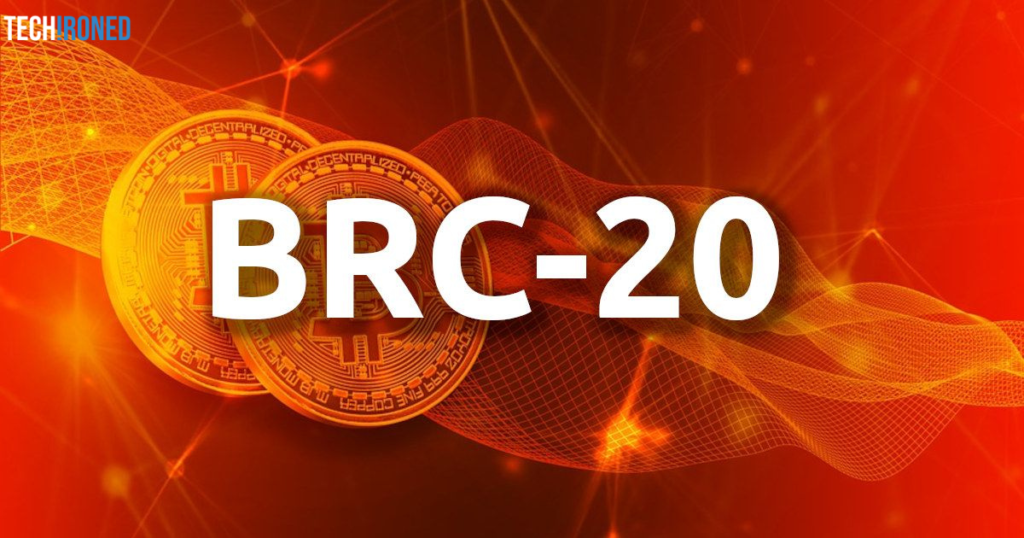Introduced in 2022 by developer Casey Rodarmor, BRC20 ordinals represent a significant addition to the Bitcoin blockchain. This concept allows for unique digital content to be engraved onto individual satoshis, the smallest units of bitcoin
Table of Contents
BRC20 Ordinals
During Token2049 in Dubai, despite regional turmoil and historic flooding, over five hundred Ordinals enthusiasts attended the first ‘Ordinals Meetup’ hosted by the Ordinals Council. Some attendees, including myself, had to wade through knee-deep water in flooded neighborhoods to join the event and learn more about Ordinals.
Each satoshi is marked with a specific ordinal number reflecting its sequence in the minting order. These ordinals, tracked through a transaction’s unique identifier or TXID, indicate the transaction’s chronological position within the blockchain.
This facilitates the inscription of various data types, such as images, text, or code, directly onto the blockchain via Segregated Witness (SegWit), thereby enhancing storage capabilities. The development of ordinals has sparked controversy within the Bitcoin community regarding its potential impacts on the blockchain’s efficiency and integrity.
Evolving Bitcoin’s Utility
Bitcoin has traditionally been valued as a secure store of value akin to digital gold, attributed to its limited supply, durability, and decentralized nature. However, supporters of Ordinals argue that these innovations can enhance Bitcoin’s technical capabilities.
Serge Ajamian, CEO of Centauri Capital and co-founder of the Ordinals Council, believes Bitcoin is transitioning into a multifunctional asset for art, culture, data storage, DeFi, and gaming, similar to Ethereum’s tokenized smart contract boom. Unlike Ethereum, Bitcoin’s assets do not rely on external data links but are directly embedded within its blockchain, seen as an improvement over Ethereum’s limitations.
One challenge is Bitcoin’s limited block size capacity, which became apparent in May 2023 when demand for Ordinal inscriptions surged, leading to increased fees. To address this, some overflow demand is being processed on Litecoin’s blockchain using the LTC20 Ordinal standard, highlighting the need for scaling solutions.
BRC20 Tokenization
Bitcoin developers continue to innovate, but BRC20 is not the only tokenization standard. Novel protocols like Runes can potentially address issues such as spam on the network, indicating the ongoing horizontal development in tokenization.
According to Ajamian, this is unlikely, as Ordinals produce the only persistent NFTs, with data inscribed directly onto the blockchain, fulfilling and delivering on the promises made by ERC20.
While the promise of Ordinals is high, challenges such as slower transaction times and increased energy usage due to a clogged mempool persist. These challenges bring to light long-held debates regarding layer-one scaling solutions.
However, Ajamian and the Ordinals Council remain unfazed, believing these are just early-stage problems. They aim to maintain Bitcoin’s efficiency and sustainability through planned improvements and better miner incentives, even though the majority of the world’s population is not yet on a Bitcoin standard.
Conclusion
To conclude, the introduction of BRC20 ordinals represents a significant advancement for the Bitcoin blockchain, enabling the inscription of unique digital content onto individual satoshis. Despite challenges such as limited block size capacity, the Ordinals Council remains optimistic about addressing these issues to maintain Bitcoin’s efficiency and sustainability, signaling a promising future for the integration of digital content on the blockchain.
- Don’t Forget more News and Research articles at
- https://techironed.com/
